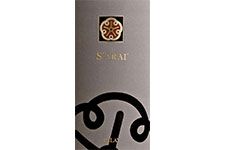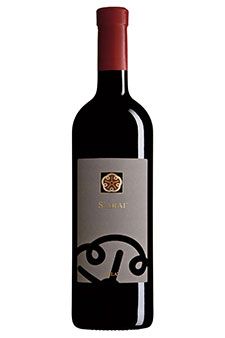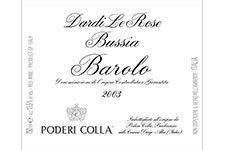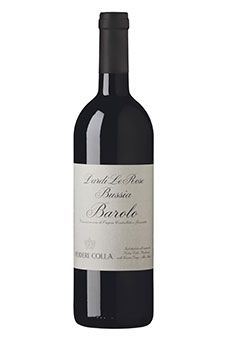
Pala
Pala
Biography

The Pala firm, founded in 1950 by Salvatore Pala, father of the current owners Enrico and Mario Pala, is currently one of the most interesting estates in Sardinia. Located less than twenty miles to the southwest of Cagliari, at Serdiana, it has acquired over time real recognition for the quality of its wines, always of high level. Recently, in early 2008, a very favourable opinion of the wines were expressed by international critic Robert Parker in the “Wine Advocate”, which defined the two crus of the cellar, S’Arai and Crabilis, “extraordinary”, and “well above average”. The scores were, respectively, 92/100 and 88/100. The philosophy of Pala aims at the production of wine which is an authentic expression of its territory: for this reason, the grapes varieties used are almost exclusively local or Sardinian, typical of their micro-areas. It was with this in mind that Essentija was created some years ago, a 100% Bovale (only Pala produces a wine purely from this grape variety), intense and persistent on the nose, warm and ample on the palate. The same philosophy informs Crabilis and Stellato, the last the more recent creation, both example of pure Sardinian Vermentino. The most prestigious wine of the firm is S’Arai, a blend of Cannonau, Carignano, Barbera Sarda, and Bovale. Each variety is fermented separately. After destemming and pressing, the wine ferments and macerates for eight to ten days, using selected yeasts and fully controlling fermentation temperatures. At the conclusion of the fermentation the wine is light is lightly fined, reposes for a few days, and then is blended with percentages which vary form vintage to vintage. After blending the wine rests for a month in cement tanks and then goes into 60 gallons French oak barrels for an eight to ten month aging period. The wine is then bottled and ages for a further three to four months. An intense ruby red in color, with a nose of ripe red fruit and almonds, the wine is firm but soft and caressing on the palate, with notes of red fruit on the finish. It is an excellent match to game, roasts, stews, and cheese.

Poderi Colla
Poderi Colla
Biography

The Colla family has a long involvement in wine. The first evidence goes back to 1703, when, in a document one hears of a certain Carlo Colla of Santo Stefano Belbo who sold, in various formats, rosé wine, red wine, and white wine. Effectively speaking, the Colla have wine in their blood. Beppe Colla, for many years, was the man behind the success of one of the major wineries of Alba. In 1994, Tino Colla and his niece Federica (but with the involvement of Beppe as well) founded Poderi Colla, headquartered at Cascina Drago, near Alba at San Rocco Seno d’Elvio, one of the loveliest and most fascinating corners of the Langhe hills: though little known, it is one of the finest crus of the zone. Poderi Colla also owns vineyards at Roncaglia in the Barbaresco appellation and at Dardi Le Rose di Monforte in the Barolo DOCG. The family continues to believe in traditional wines expressive of their territory and their vintage. Not all vintages are bottled, only ones of a certain level. Large casks are used for aging in order to refine the wine and avoid dominating it, just as local tradition prescribes, and proper respect for the tradition demands. With this uncompromising philosophy, the Barolo of the Bussia dei Dardi Le Rose has the characteristic medium garnet color with brick highlights, the tannic finesse, and the full and austere structure of a wine for long aging. The Barbaresco Roncaglie is very interesting as well, characterful, long, and persistent. The Dolcetto of Piano Balbo is fragrant and immediately pleasurable. Campo Romano is a very special wine, one of the pioneering examples of Pinot Noir in Piedmont, very fragrant with typical berry aromas. Finally, and well worth mentioning, is Bricco del Drago, the first Piedmont blend of two very different wines, Nebbiolo and Dolcetto, very unusual, supple, and perfumed.

